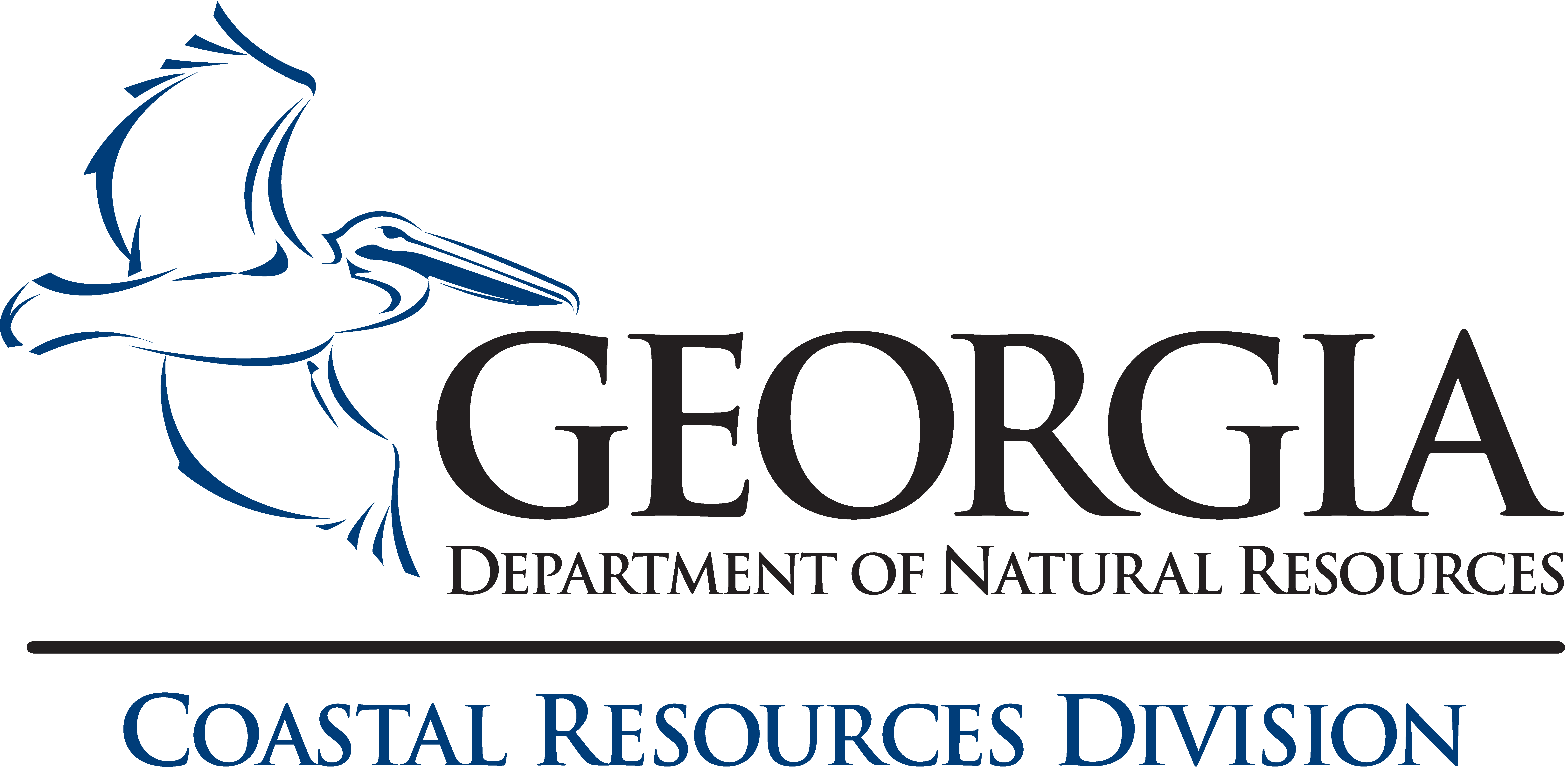The state of Georgia is home to about 110 miles of coastline, as well as four barrier islands. From recreational beaches to marsh habitats, the Coastal Resources Division, within the George Department of Natural Resources, works diligently to protect, promote, and celebrate it all.
“Because the coast is so vast and has so many particular resources, the division was implemented to balance coastal development and protection of the coasts’ natural assets,” explains Beth Tasciotti, grants coordinator for the division. “We have several sections inside the division; teams dedicated to fisheries. artificial reefs and habitats, boating, marsh and shore management, permitting, and research.”
Tasciotti works primarily on the Coastal Incentive Grant Program, administered by the Georgia Coastal Management Program within the Coastal Resources Division. Coastal Incentive Grants support the mission to balance economic development throughout the Georgia coast and the continual protection of the area’s natural resources. A pass-through grant from the National Oceanic and Atmospheric Administration, the grant is provided to local municipalities, education institutions, research centers, and other organizations within the 11 county service area.
Each year, applicants from the coastal counties submit their proposals for the competitive grant. With about $750,000 in grant funds available each year, applicants must provide clear plans for their project, showing it aligns with the overall goals of protecting or balancing growth in the region while respecting and ensuring the safety of the coastal natural resources. About 15-20 programs are awarded annually.
“We’ve had some very interesting projects through the years,” shares Tasciotti. “We had a local county work on a shoreline protection plan for one of the islands. We’ve seen an increase in hurricanes to the area, and this two-year project focused on sea level rise research and the different kinds of armoring that could be done to protect the island.
“We’ve also done a lot of research projects with local universities, looking at navigational channels and estuary dynamics.
“The area is also very big with fishing and shrimping, and we’ve funded projects that provide updates to coastal fishing maps. Some of these end products are very tangible and very helpful to the community.”
For decades the Coastal Incentive Grant Program was managed manually, a process carried over through the years that had become cumbersome.
“It was all very manual,” says Tasciotti. “Essentially it was emails and Word documents. We were requesting people to send fives copies of their proposals, and that was very nerve wracking and time consuming and a lot of paper.”
Tasciotti was a new hire to the section when she began putting some changes in motion. After onboarding and experiencing a full cycle the “old” way, she quickly spoke up that improvements could and should be made.
“I thought it was very difficult to work with,” she says. “I felt I lost a lot of information. It was difficult to track and find data. So I took it upon myself to find something that would work better than what we were doing.”
Tasciotti didn’t need to look too far -- she reached out to colleagues in the DNR’s parks division, who had recently implemented their own grants management system for their programs.
“They had just started using Zengine, and I asked their opinion, and they were very happy,” she says. “It seemed obvious we should look into it, too.”
As Tasciotti connected with WizeHive and began learning more about Zengine, she was impressed with how simple it would be for her team to keep an eye on the process, review and sort all the collected data, and generate reports that could inform future granting decisions.
But the real draw was enabling a better applicant experience. “I wanted to make sure we could make this new process a smoother transition for the applicants who were used to the old way,” explains Tasciotti. “We have a lot of repeat applicants, and I wanted to make sure this switch wouldn’t cause issues.”
Since the Coastal Incentive Grant application is a two-part process -- an initial short proposal followed by an invite-only full application -- WizeHive worked with Tasciotti to set up a submission portal that moved applicants through in stages. After completing a profile and the initial proposal, the team provides access to the final stage only for those applicants who have been selected.
“I wanted to make sure there was a way for the pre-application data to populate the full application so applicants wouldn’t have to copy and paste work they had already done,” says Tasciotti.
Taking it a step further, WizeHive helped Tasciotti set up a similar process for post-award, allowing the application data to pre-populate a grantee's progress reports.
With a cleaner process and all data easily trackable, searchable, and reportable, Tasciotti is excited for the possibilities ahead and how the Coastal Resources Division will be able to improve their impact and influence in the region.
“It’s a real help,“ says Tasciotti. “With Zengine we have the insights to better understand how successful our work really is.”

 -Beth Tasciotti, Grants Manager
-Beth Tasciotti, Grants Manager